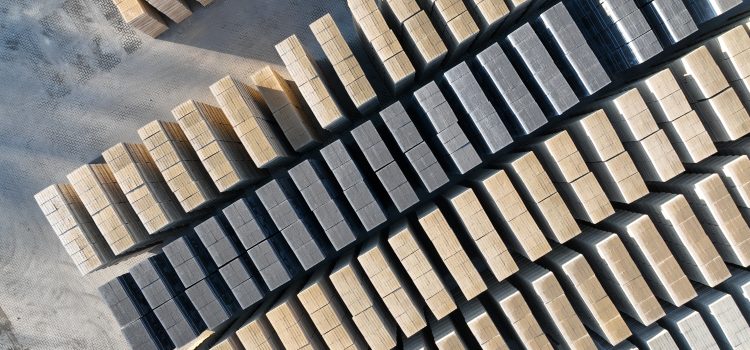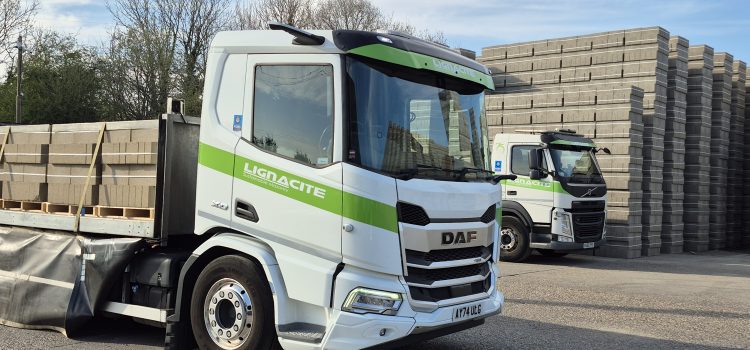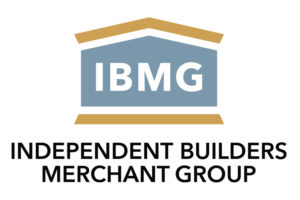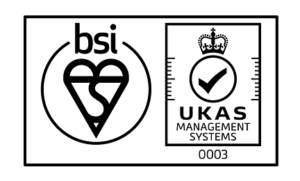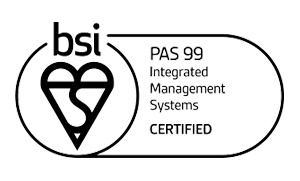Articles
Everything you need to know about recycled aggregates

Posted by Lignacite
As environmental awareness grows, architects, builders and developers are seeking ways to reduce the footprint of their projects and make them more sustainable – from the building materials they use to the methods of construction and transport. In this article, we look at how recycled aggregates can support those goals and help to reduce the environmental impact of your next project.
What are recycled aggregates?
Recycled aggregates are a type of secondary aggregate. These are materials that have been salvaged from elsewhere, as opposed to primary aggregates, which are sourced from the natural environment.
The most common recycled aggregates are:
- Recycled concrete aggregate (RCA): Usually crushed concrete, salvaged from construction, demolition and excavation waste (CDEW).
- Recycled asphalt: Derived from old roads and railways.
- Industrial byproducts: Waste, such as slag and fuel ash, are often repurposed as aggregates.
- Agricultural waste: Straw, husks, bamboo and hemp can also be recycled.
Before being used in construction projects, materials are sorted and crushed into uniform sizes. They are then refined and screened to remove impurities such as dust and soil, and tested for size, cleanliness, strength and moisture content.
While recycled aggregates may vary in size to suit different construction needs, they must be inert, which means they won’t chemically react with other materials.
To encourage the adoption of recycled aggregates in the construction industry, the UK introduced the WRAP Quality Protocol in 2013. This sets standards and provides guidelines to ensure that materials meet consistent quality requirements.
What are recycled aggregates used for?
Recycled secondary aggregates are versatile and have a broad range of applications. They are commonly used as hardcore for road construction. They can also be used for landscaping, paths and pavement, as well as foundations and drainage and fill material in place of natural gravel.
Recycled aggregate materials can also be used as a coarse aggregate in new concrete and concrete blocks.
The benefits of using recycled aggregates in construction
There are many benefits to using recycled aggregates in construction.
Versatile
As mentioned, they can be used across a broad range of applications in construction, landscaping and infrastructure.
Cost-effective
They are often cheaper to buy than primary aggregates and can be sourced locally, helping to reduce transportation costs.
Environmentally friendly
There are numerous environmental benefits, as outlined in the next section.
The environmental impact of recycled aggregates
There are numerous environmental benefits to using recycled aggregates. The primary advantage is that it reduces the amount of waste sent to landfill. As such, their use contributes to the circular economy, giving new life to materials that would otherwise go to waste.
A related benefit is natural resource conservation. By using recycled materials, the need to mine or quarry virgin primary aggregates is reduced. This helps to protect habitats and limits environmental disruption.
The use of recycled aggregates can also lower a project’s carbon footprint. Because primary aggregates are not extracted, there is no carbon cost associated with it and recycling generally requires less energy.
In addition, recycled aggregates can often be sourced locally, so it reduces emissions from transportation.
Using recycled aggregates in concrete blocks
Recycled aggregates have long been used to make concrete blocks and Lignacite is proof of that! For more than 80 years, we’ve been incorporating recycled wood particles in our concrete blocks, along with recycled sand and other industrial byproducts.
Does using recycled aggregates affect concrete strength?
The answer isn’t straightforward. It depends on a variety of factors, including the quality of the source material and how it was processed. Concrete strength can also be affected by the volume of recycled material used, the overall mix design and the intended application of the concrete.
What types of recycled aggregates are good for concrete?
This will depend on how the concrete is going to be used and the conditions it will need to withstand.
Generally, RCA derived from construction waste is a strong candidate for use in concrete. This is because it has similar properties to the rest of the material. Recycled brick may also be used, but care must be taken because it can be more absorbent than primary aggregates. Slag products from steel production and blast furnaces can also be a good option.
At Lignacite, we have consistently used recycled aggregates in our blocks. Graded wood particles have been used since the company was launched back in 1947. Sourced from soft-cure timber off-cuts, this recycled aggregate is great for carbon capture. Our blocks have excellent compressive strength and fire ratings, while contributing to sound insulation, making them an ideal choice for a wide range of buildings.
Ash is used in our medium-density blocks, such as those in our Lignacite GP range. This inert and lightweight aggregate is recovered from power stations and makes a great recycled material for concrete blocks.
Sand is a commonly used aggregate in concrete too. Its fine particles help to add density and strength to concrete blocks.
Find out more about our raw materials
At Lignacite, we are always looking for ways to minimise our impact on the environment, using recycled materials to make our blocks whenever possible. Find out more about the aggregates we use.
